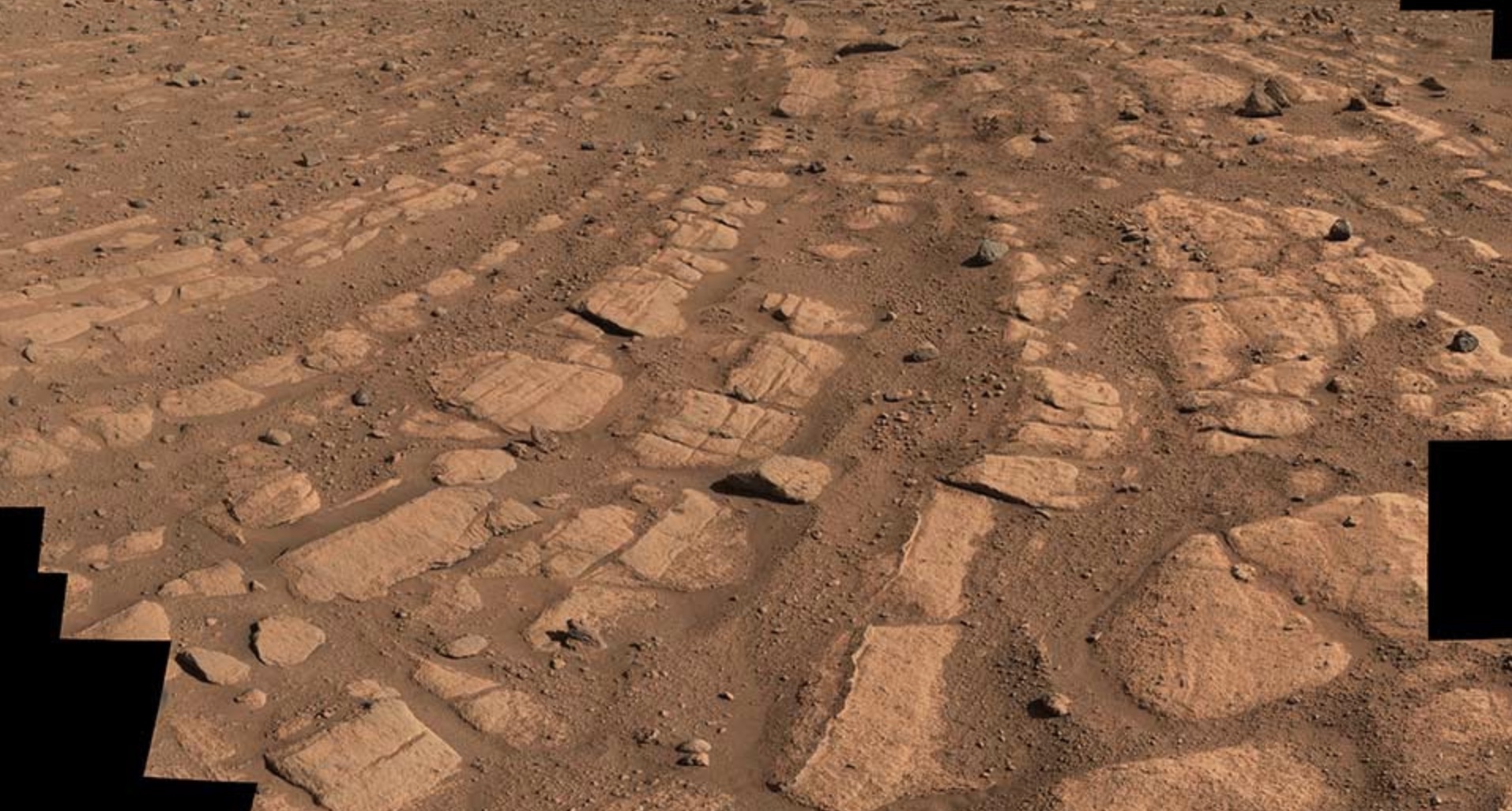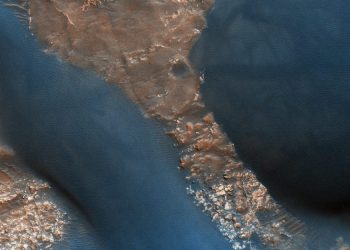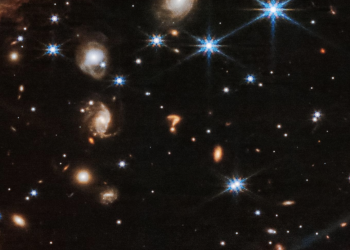In the search for extraterrestrial intelligence, the TRAPPIST-1 star system has become one of the most intriguing targets for scientists. Situated just 40 light-years from Earth, this red dwarf star hosts seven rocky planets, three of which orbit within the star’s habitable zone, where liquid water could potentially exist. Given these ideal conditions, the question arises: could there be intelligent life among these planets?
To answer this, researchers recently conducted a detailed scan of the TRAPPIST-1 system, hoping to detect technosignatures—radio signals or other evidence that could indicate advanced civilizations. Using the Allen Telescope Array, the team focused on potential communications between the planets, exploring the possibility of interplanetary chatter within the system.
The TRAPPIST-1 system is unique not only for its proximity to Earth but also for the intriguing characteristics of its planets. The seven Earth-sized worlds orbit close enough to each other that interplanetary travel, if it exists, would be feasible—perhaps no more challenging than a trip to the Moon for us. These conditions make it an ideal candidate for the search for intelligent life. While red dwarf stars like TRAPPIST-1 are known for their violent flares and high radiation in their youth, the planets’ geological activity, triggered by tidal forces, might foster environments conducive to life.
Listening for Alien Signals
To test the possibility of intelligent life, the researchers aimed their instruments at TRAPPIST-1 for 28 continuous hours, listening for potential technosignatures. The team hypothesized that if intelligent civilizations exist within the system, they might communicate between the planets using radio signals. The key moments for detecting these signals occurred during planet-planet occultations (PPOs), when two planets aligned from Earth’s perspective. In such moments, any signals exchanged between the planets could “leak” and reach our instruments.
The Allen Telescope Array captured more than 11,000 candidate signals. These were filtered down to about 2,200 during specific PPO windows—instances where the planets aligned in a way that might allow such interplanetary communications to be detected. The team then examined these signals closely, searching for anything unusual enough to suggest an intelligent origin.
No Signs of Technosignatures Yet
Despite the extensive search, the results did not reveal clear evidence of extraterrestrial intelligence. None of the signals stood out as statistically significant or unusual enough to indicate artificial origins. This doesn’t mean the search was in vain, though. The study represents the longest continuous survey of the TRAPPIST-1 system to date, pushing the boundaries of what we know about these distant worlds.
Although the search for technosignatures in TRAPPIST-1 has so far come up empty, it’s a testament to how far our technology has advanced that such detailed surveys are even possible. We’re entering an era where we can examine exoplanetary systems with unprecedented precision, inching closer to answering one of humanity’s oldest questions: are we alone?
The team’s work lays important groundwork for future studies. As we continue to explore other star systems with the same rigor, the chance of detecting signs of intelligent life only increases. With every new observation, we are refining our methods and expanding our understanding of the universe.











